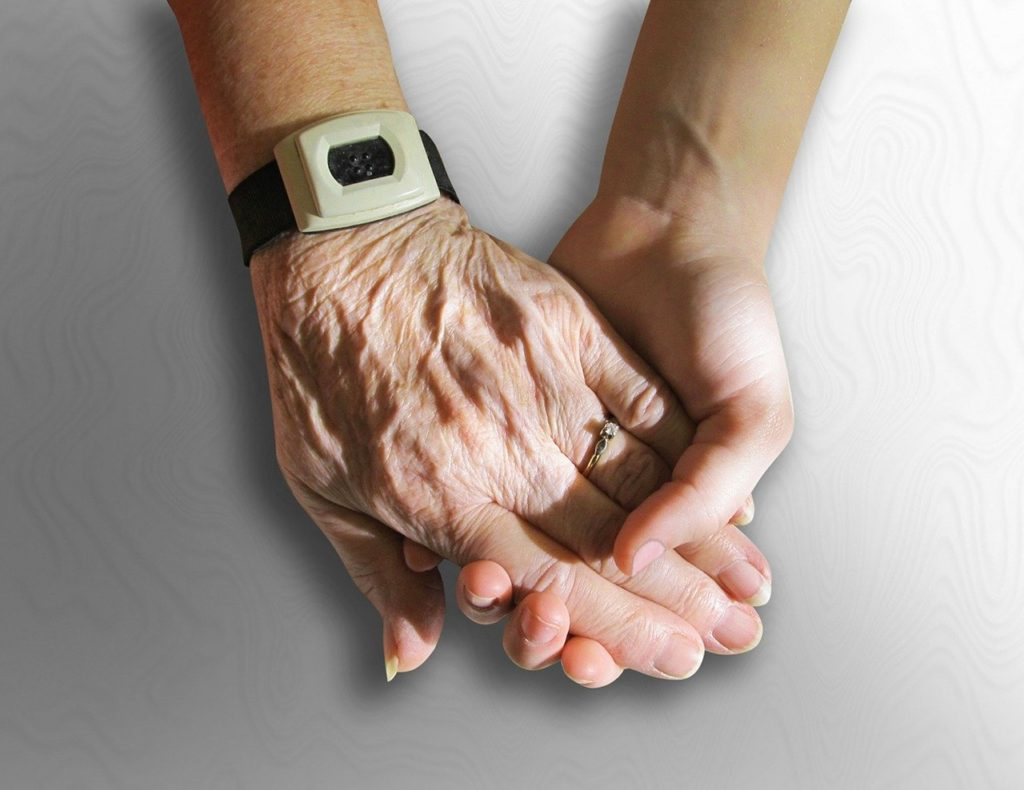While hospice providers have leveraged telehealth to support caregivers in the home from a distance during the COVID-19 pandemic, evolving safety measures and concerns about program sustainability have created obstacles. Remaining connected to families and caregivers has been an ongoing challenge as providers work to minimize risk of COVID-19 exposure to vulnerable hospice and palliative care patients in the home.
“Telehealth has been instrumental in providing medical advice and instruction to caregivers,” said Kendra Strey, director of communications at Hope Hospice & Health Services in California. “We spend less time commuting to and from patient homes around our service areas, and scheduling consults has become easier. While telehealth has been a successful fallback for the present time, it doesn’t equally replace the comfort of a hug, hand holding, or visiting with a patient and family care partners.”
While telehealth has allowed hospice providers to remain connected to patients and their families, canceled volunteer services during the COVID-19 pandemic have impacted some forms of caregiver support such as respite care. The pandemic has also caused roadblocks in continuing the same level of hands-on education and training support to caregivers as prior to the pandemic. With larger fundraising events on hold or canceled entirely due to social distancing measures, hospices relying on philanthropy and private donations to support caregiver programming have taken a hit amid the economic downturn.
“Our Family Caregiver Education Series is on hiatus,” Strey told Hospice News. “That program is dependent on fundraising from grants and individual and corporate donations. COVID-19 has resulted in the cancelation of our major fundraising events, so the program is on hold. Initially, we planned to convert the classes to a virtual experience on Zoom, and that may be the solution moving forward, but we need the funding first to support the facilitating staff.”
Despite funding challenges, education and training for caregivers and families of home hospice patients remains crucial. Updates on safety measures to reduce risk of exposure to COVID-19 have been ongoing, and providers have increasingly offered free online resources for families and caregivers to stay informed.
Phone calls and video meetings have offered additional avenues of communication, but hospice caregivers and family members often require more than virtual support. While increased availability of telehealth has yielded cost savings for many hospices, providers have struggled to weigh the balance between the limitations of telehealth and the risks associated with in-person visits during the outbreak.
“Having dedicated time for these caregivers in our busy days right now, that certainly presents a challenge,” said Paul Chiang, M.D., senior medical and practice advisor at Home Centered Care Institute (HCCI) and medical director at Northwestern Medicine HomeCare Physicians. “It takes spending extra time just to assure them that we are here, even remotely, to support them and listen to them.”
Even as stay-at-home restrictions lift in states across the country, in-person visits to home hospice patients remain limited, most significantly among those who dwell in nursing homes or assisted living facilities. Social isolation during the pandemic has also taken an emotional toll on hospice caregivers and families, directly impacting patients’ quality of life.
“One way to overcome challenges during the COVID crisis is to have more frequent communication, more frequent touch points with families and patients, learning to cope in this time,” Chiang said. “So an opportunity for providers despite COVID is to help patients realize their final wishes to die at home, which most patients want. They want to be with their loved ones, they want to hear their voices, smell and eat their food, see their smiles.”
Companies featured in this article:
Home Centered Care Institute, Hope Hospice & Health Services



